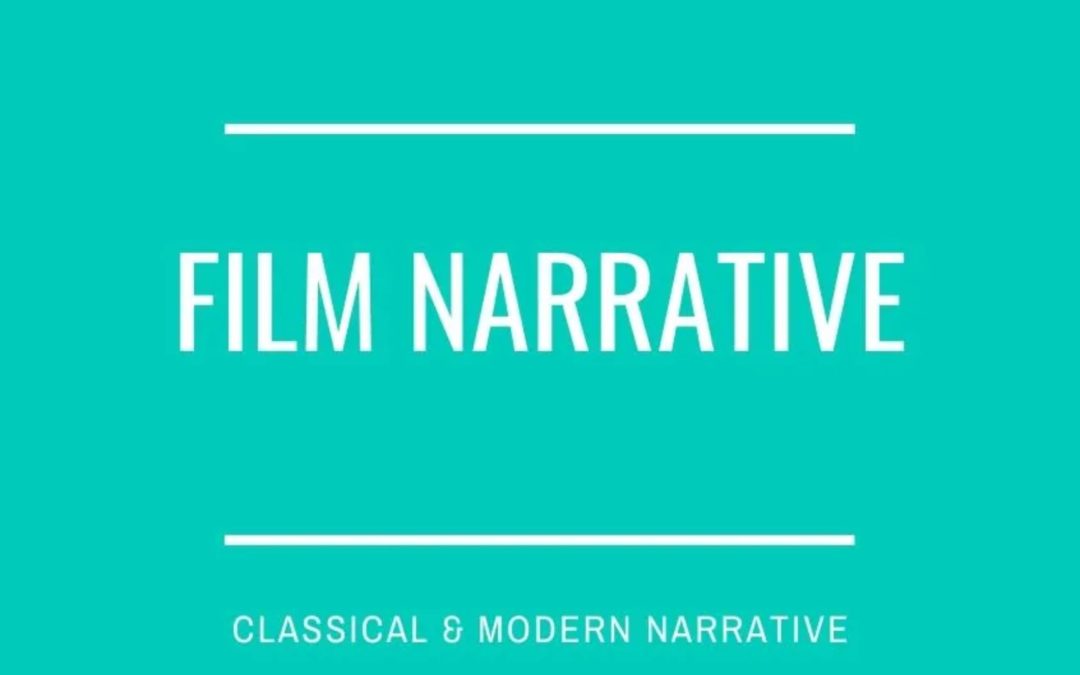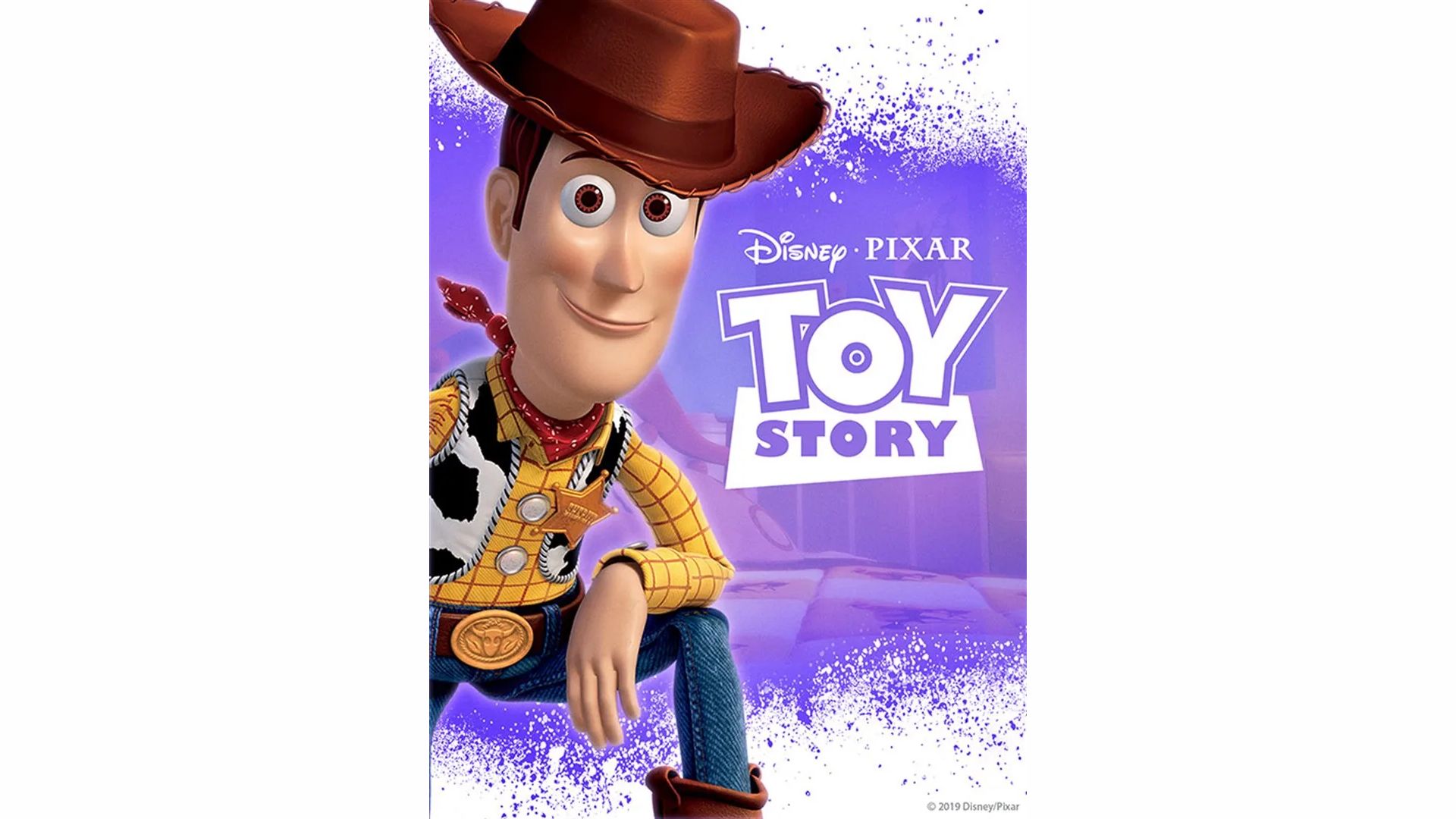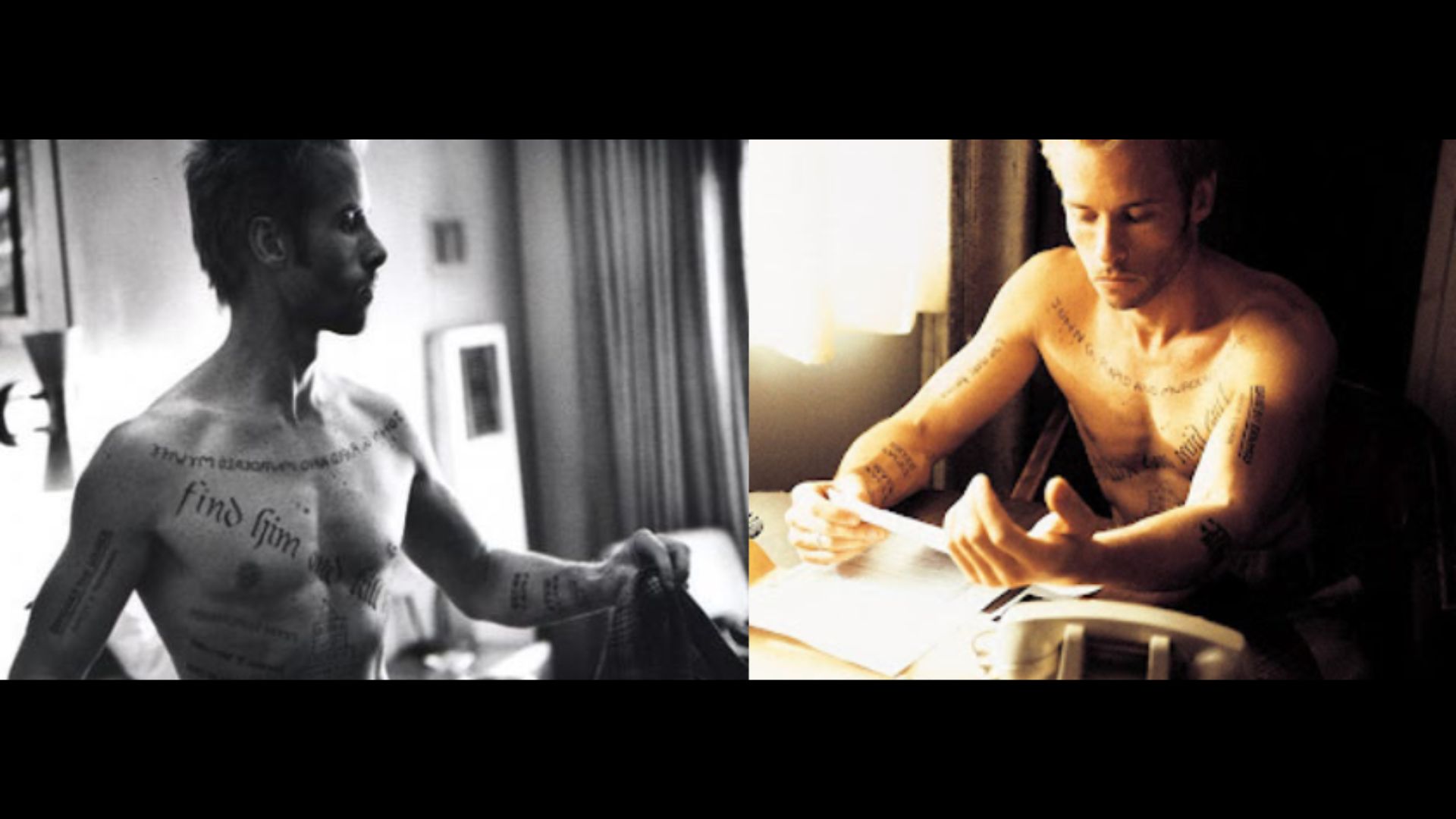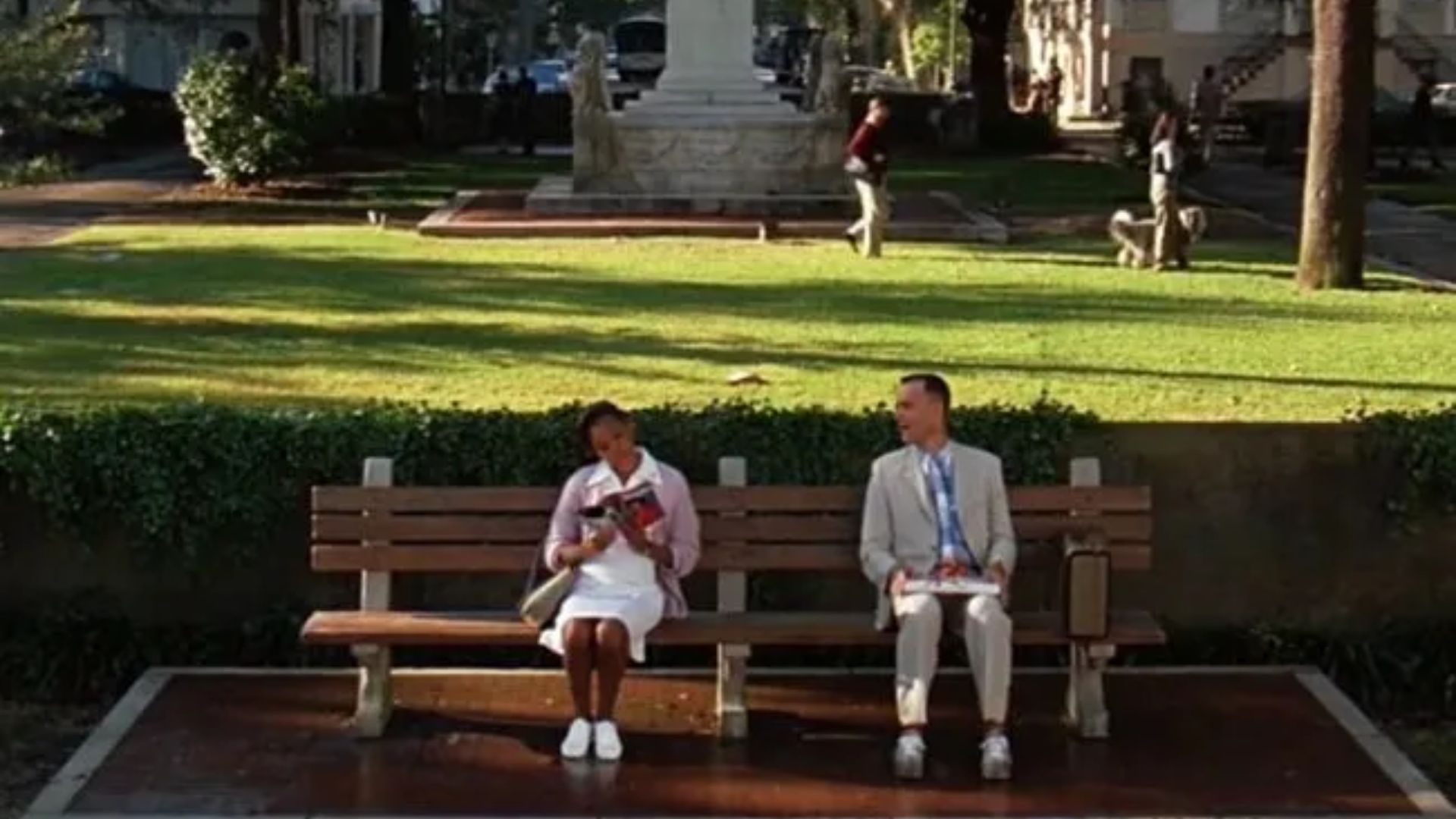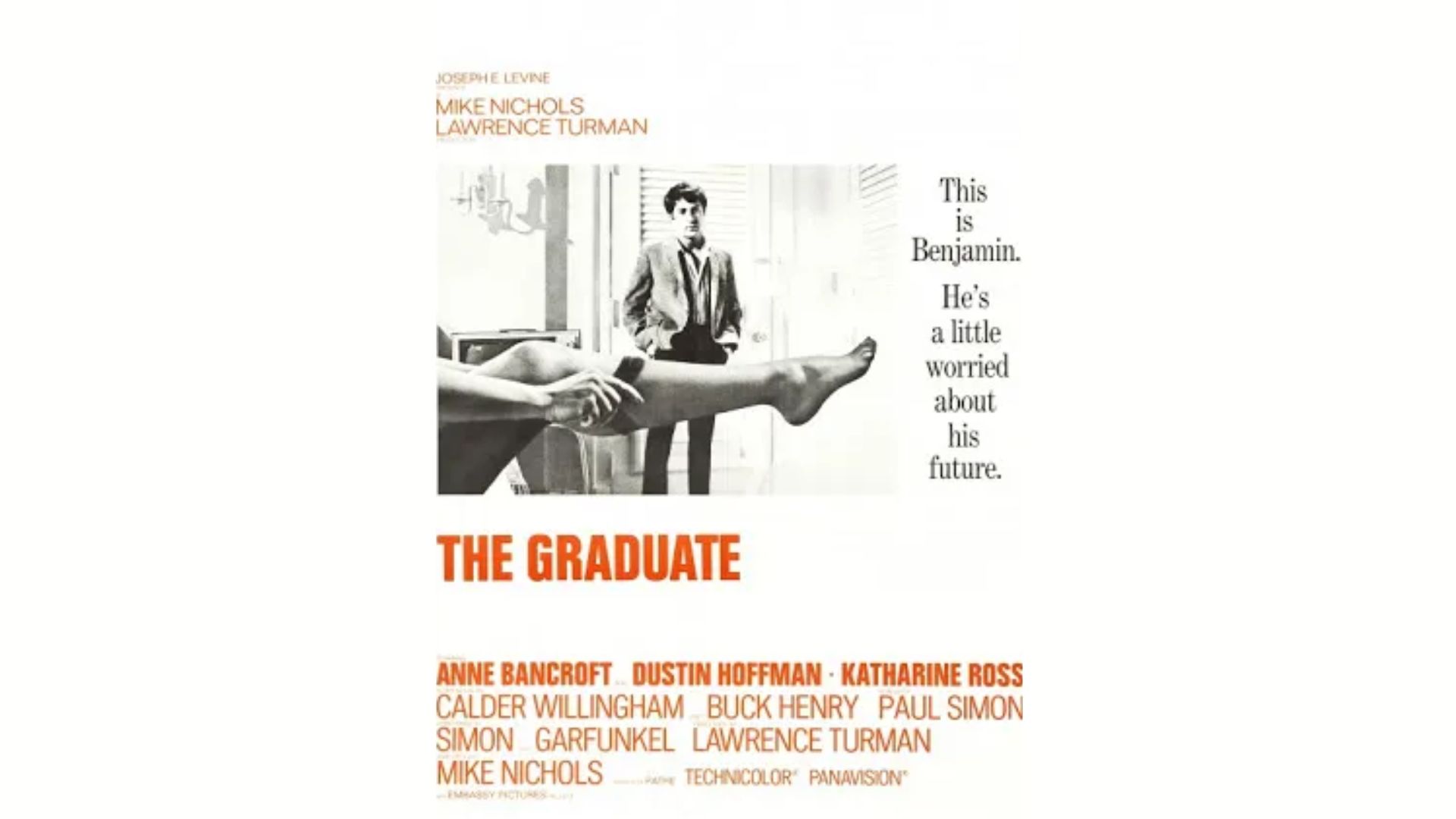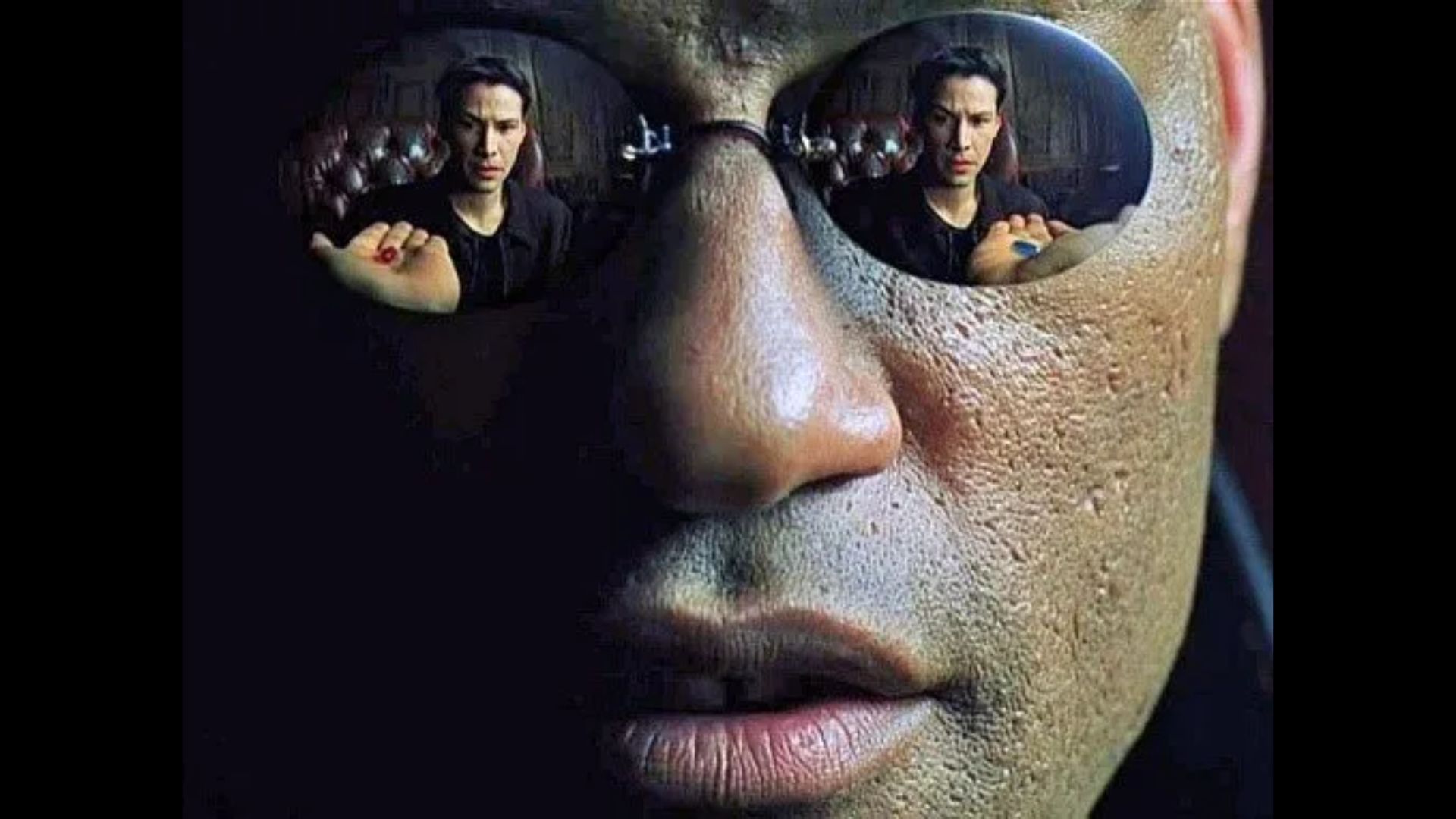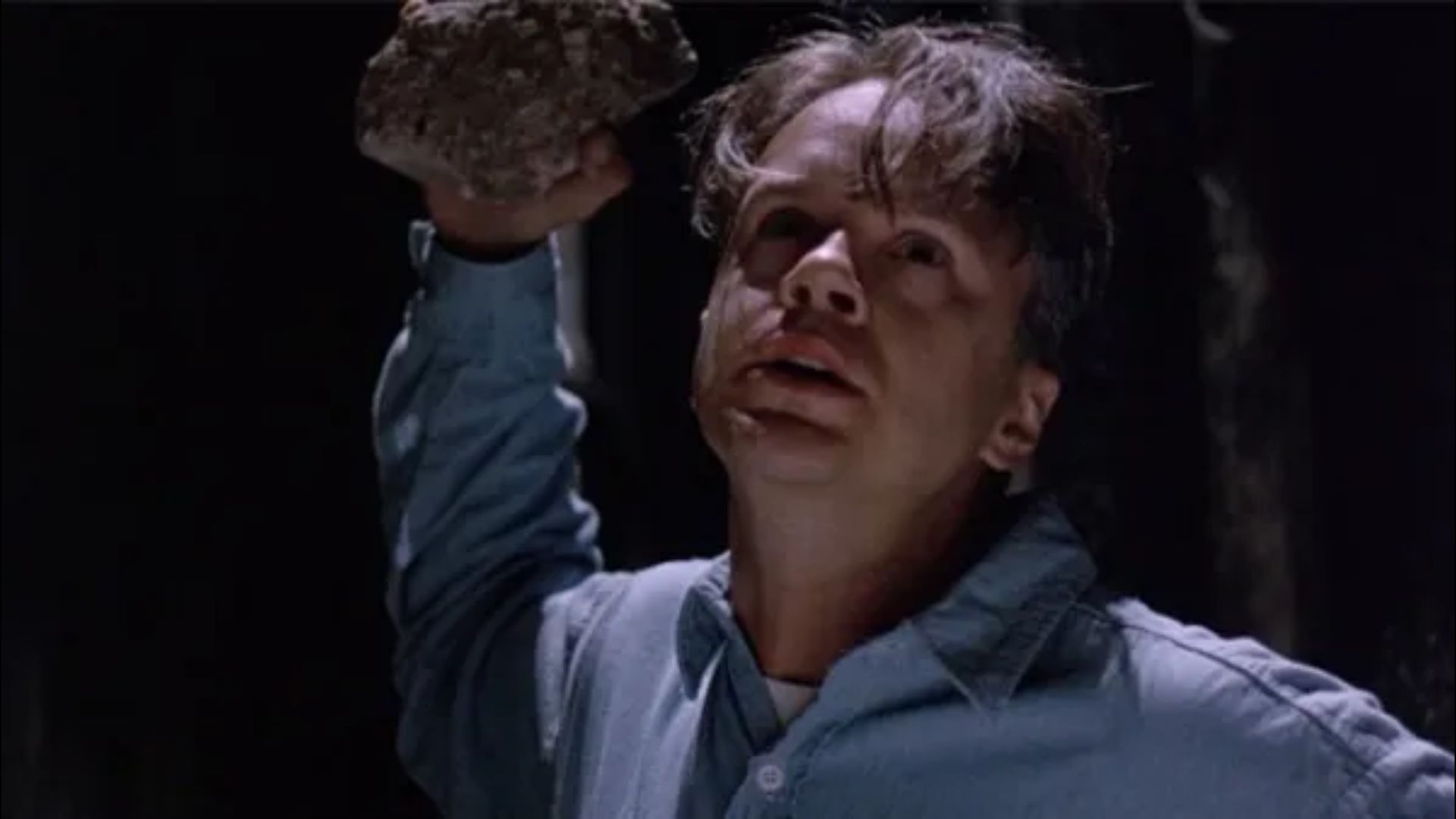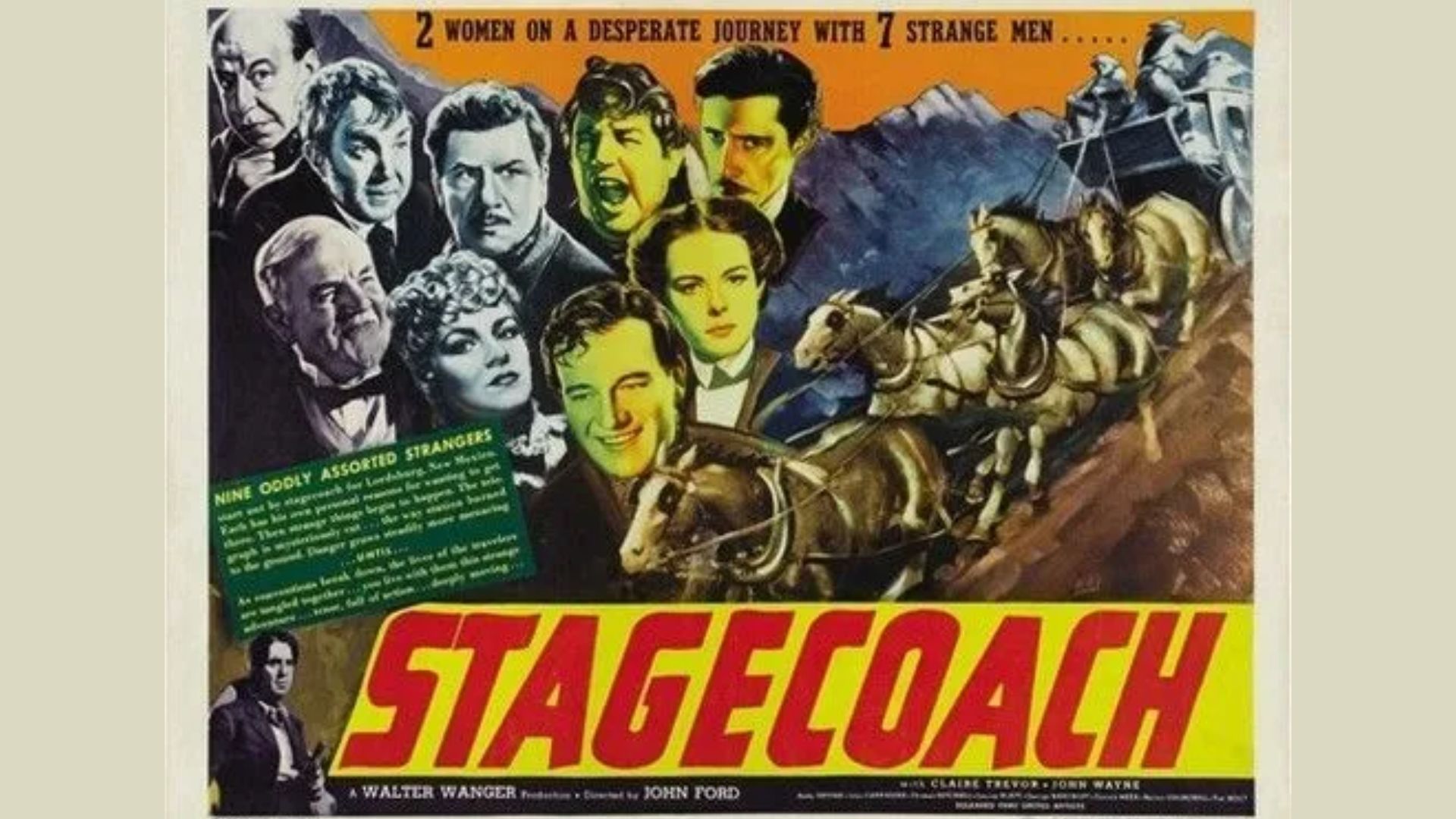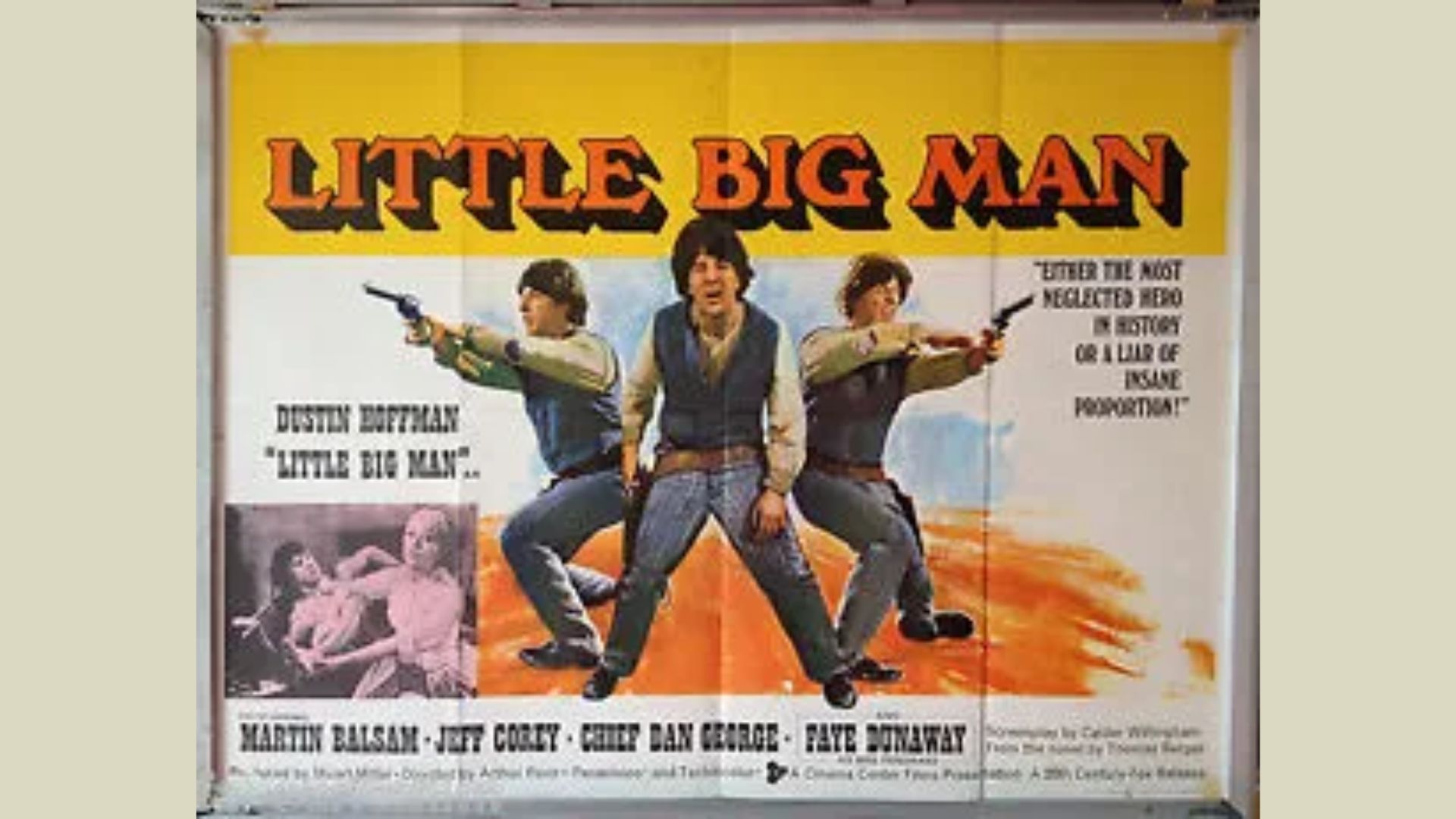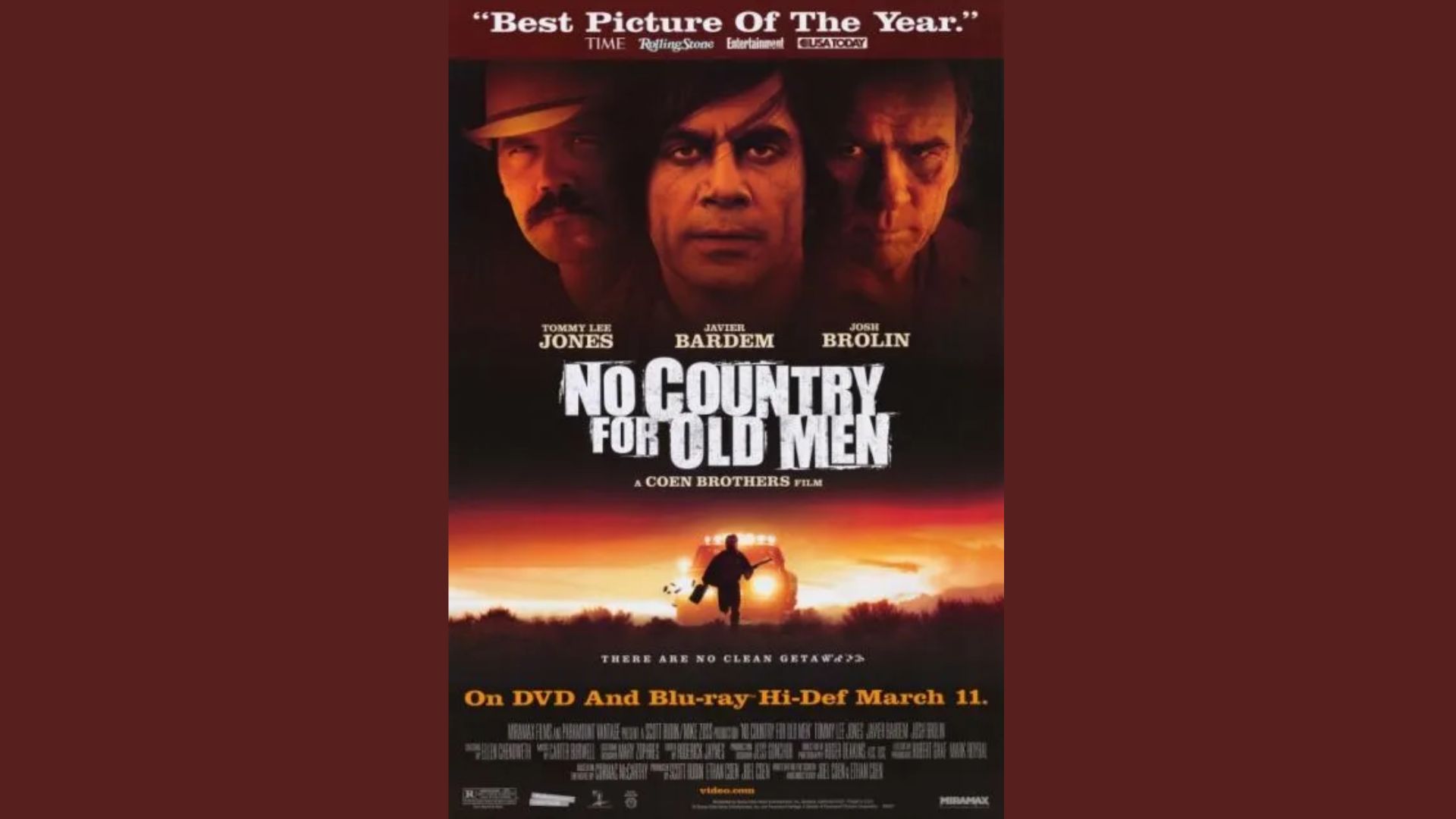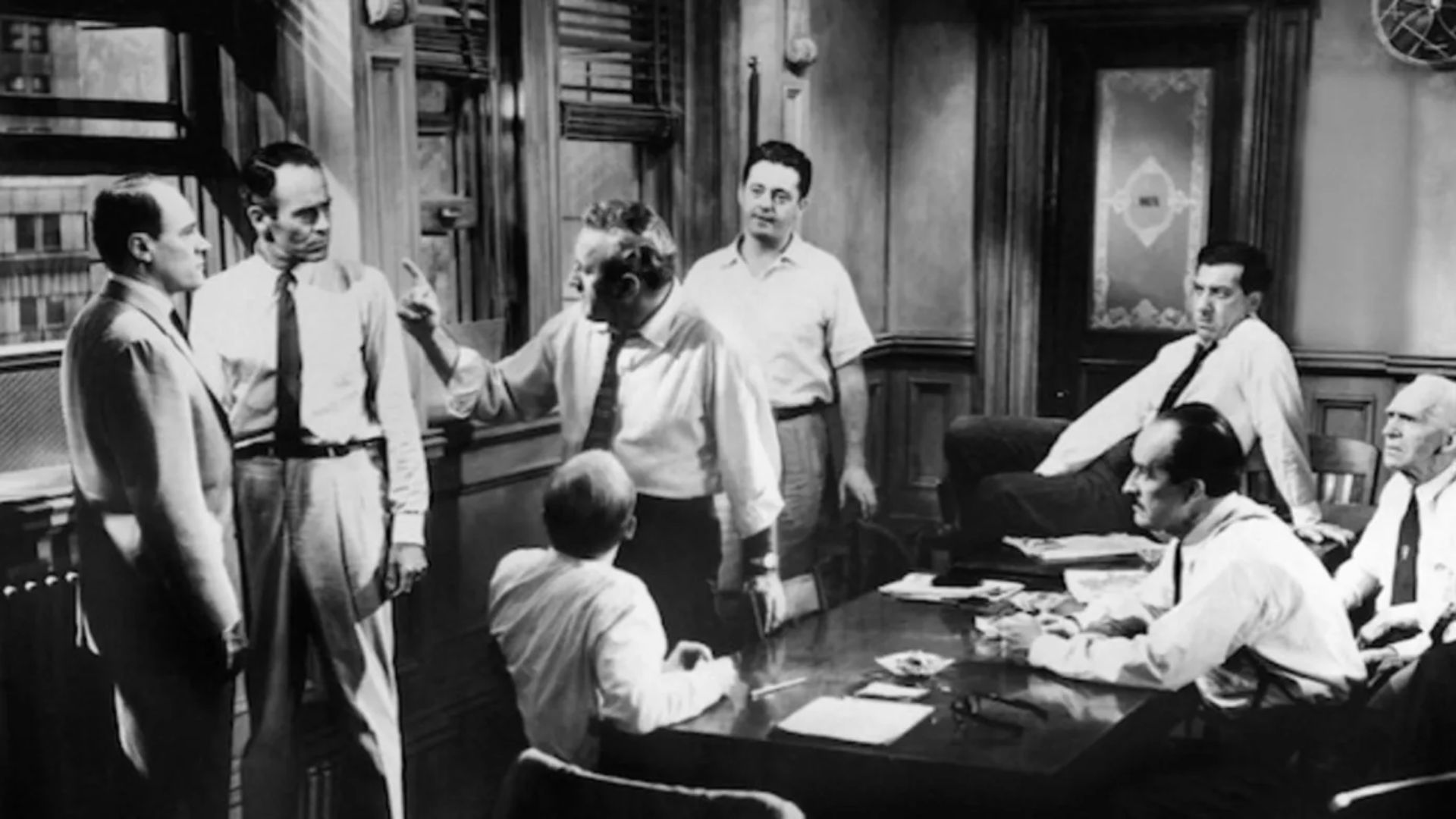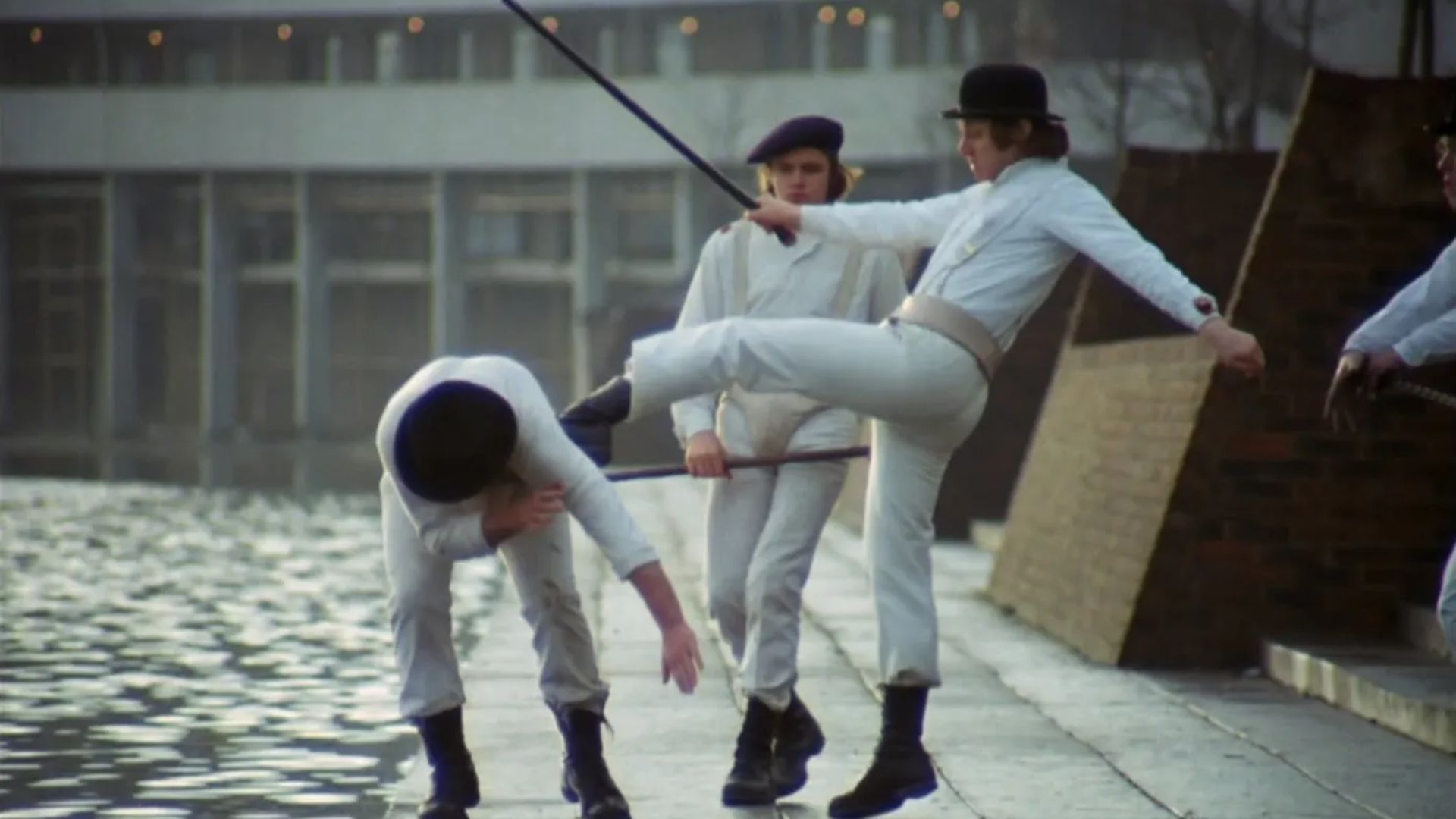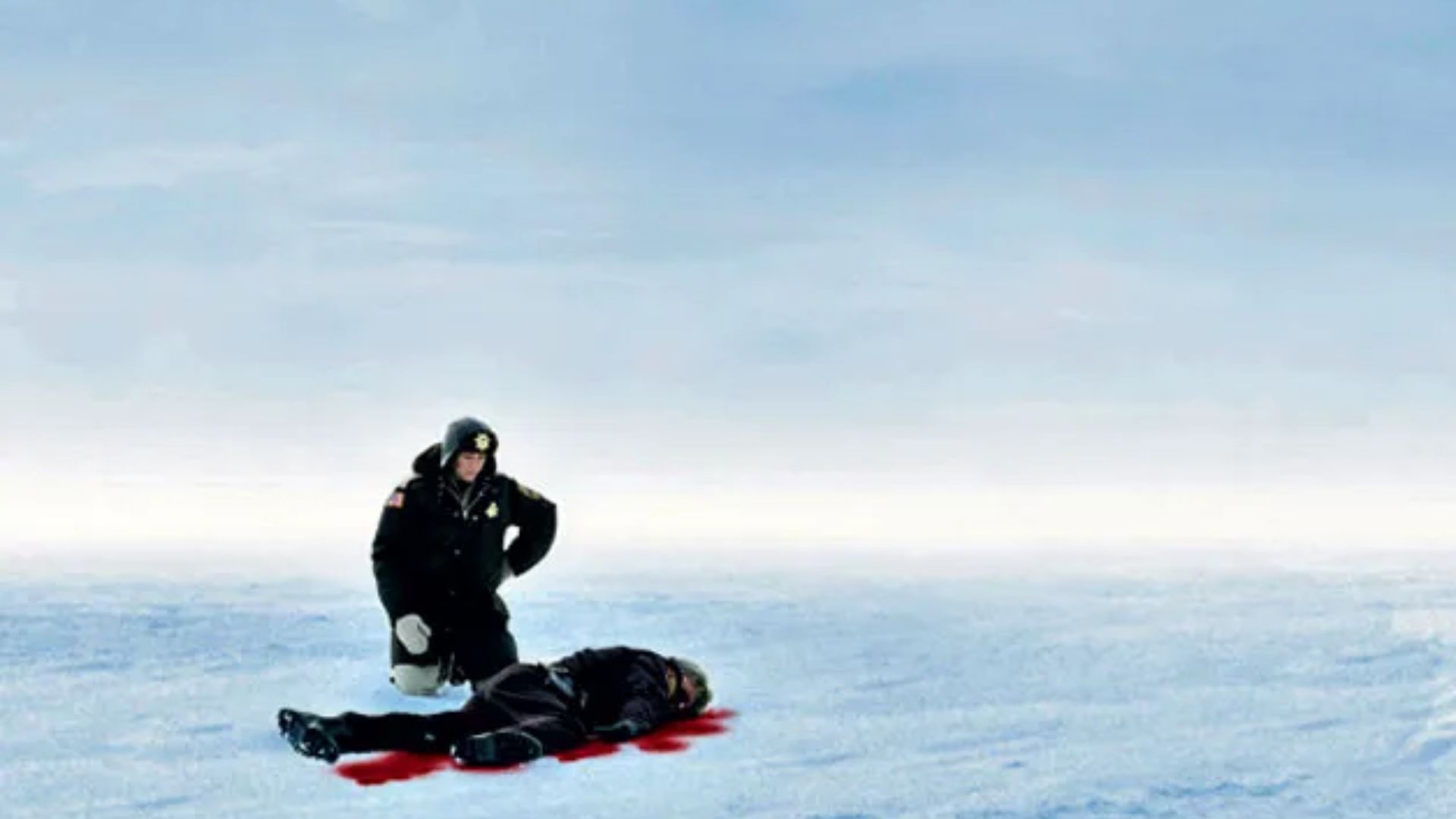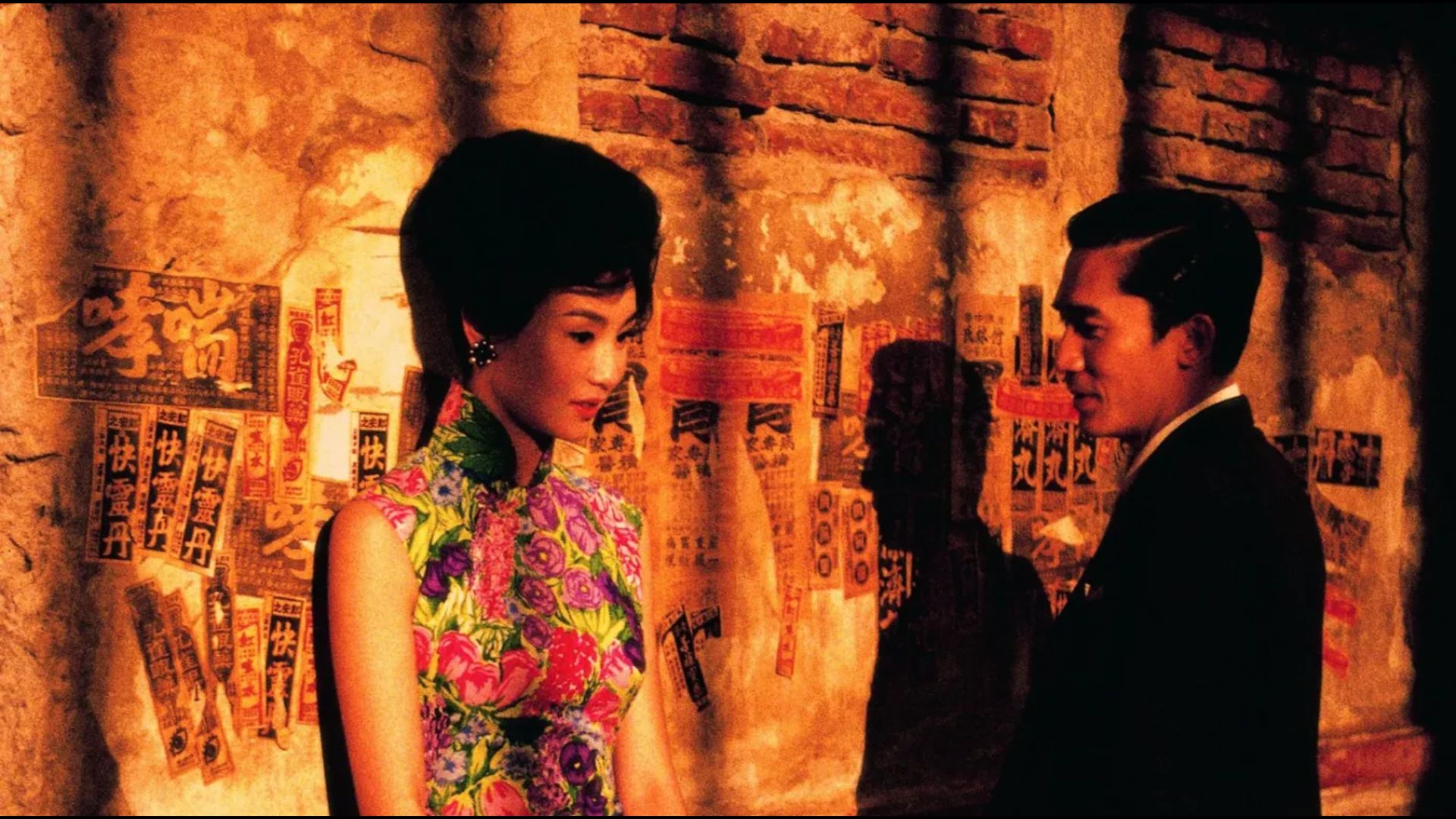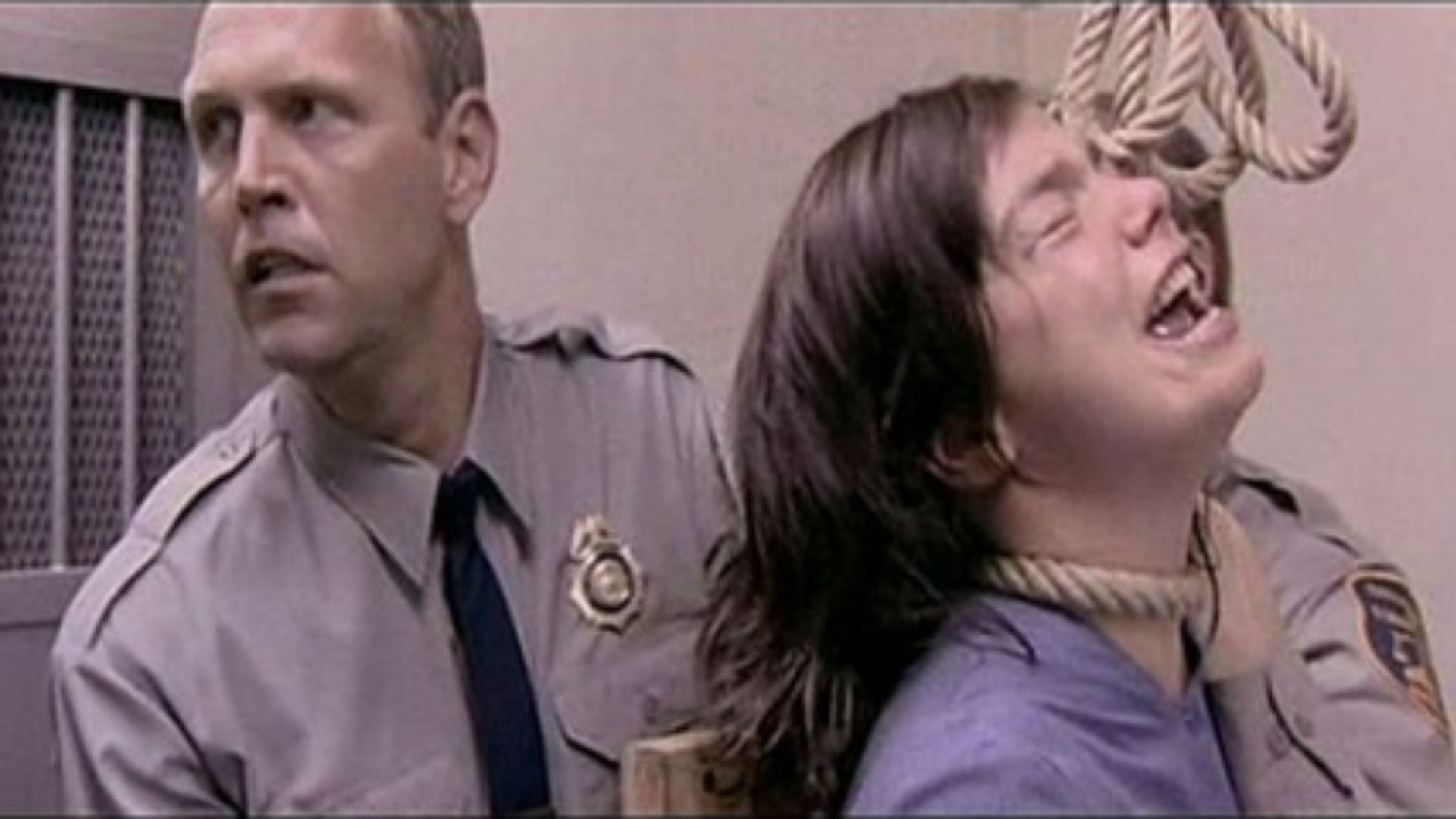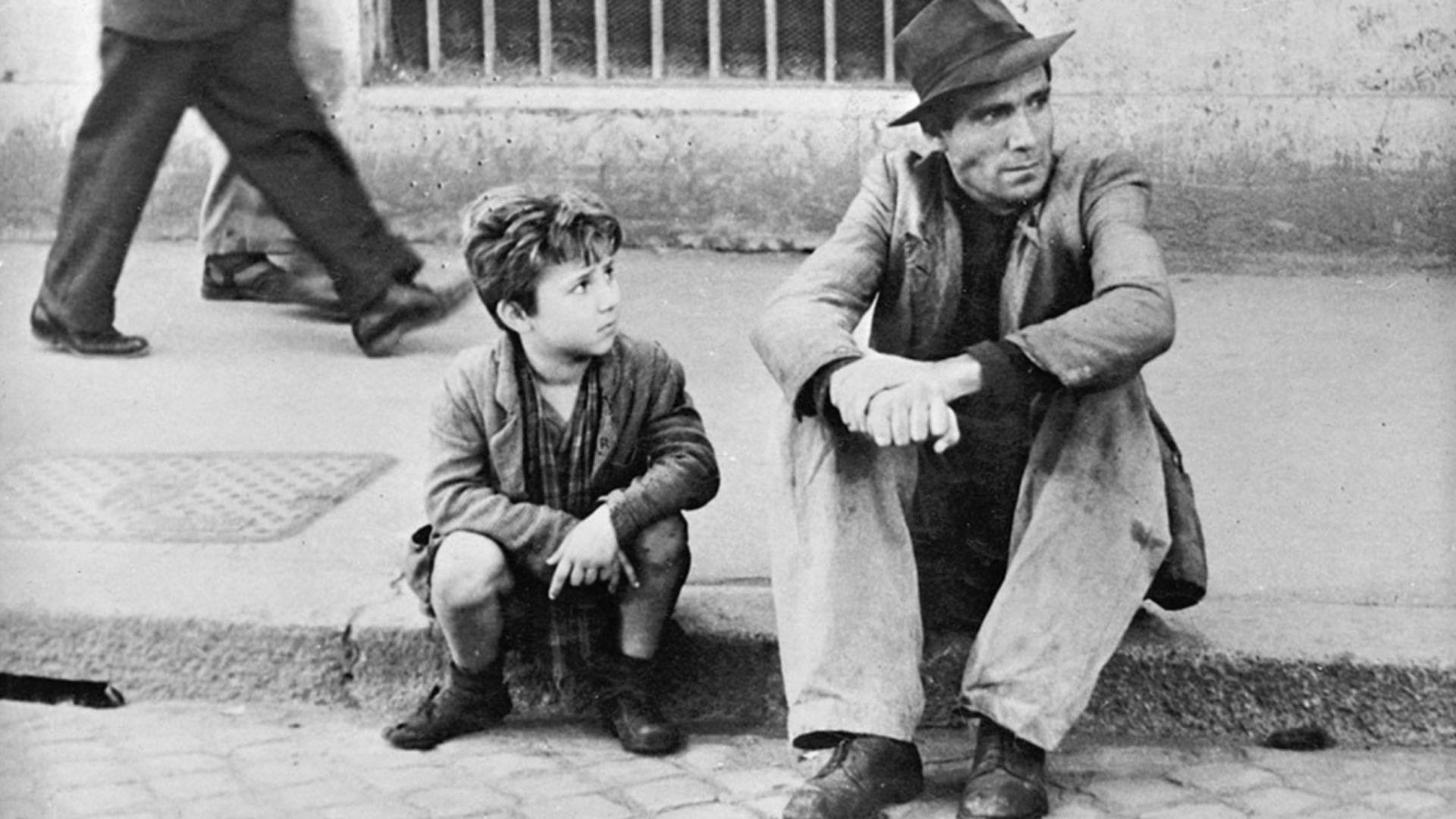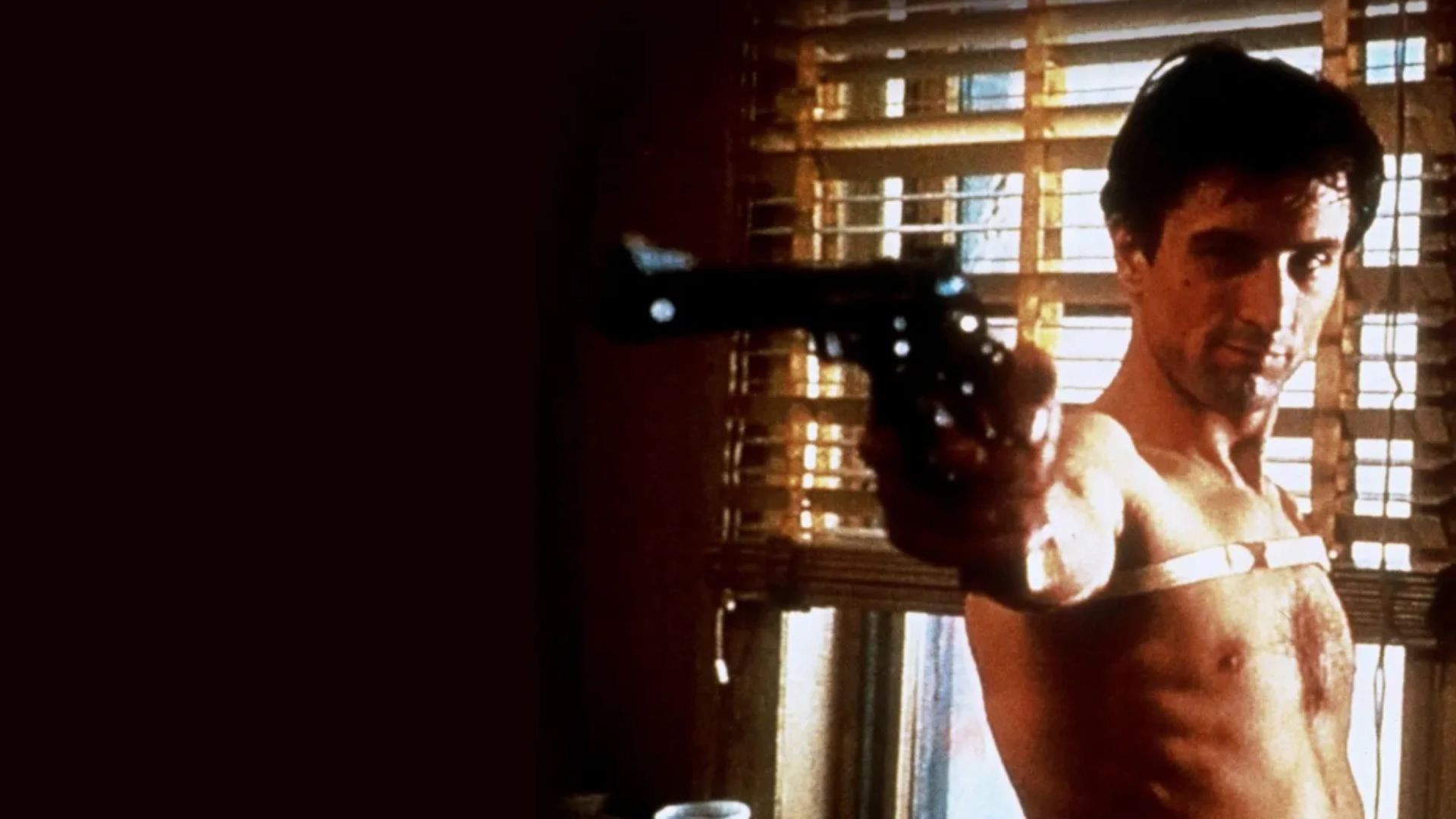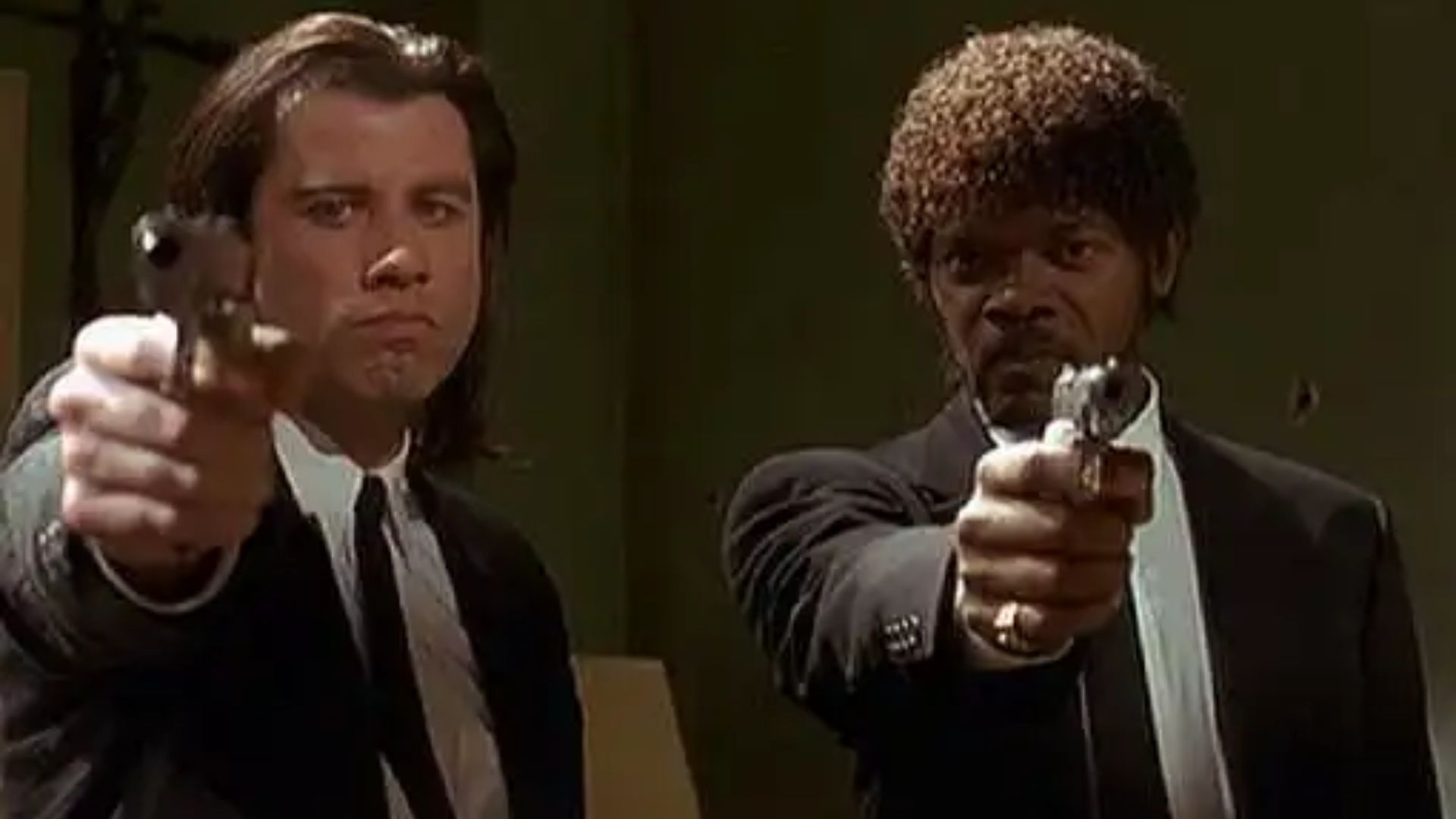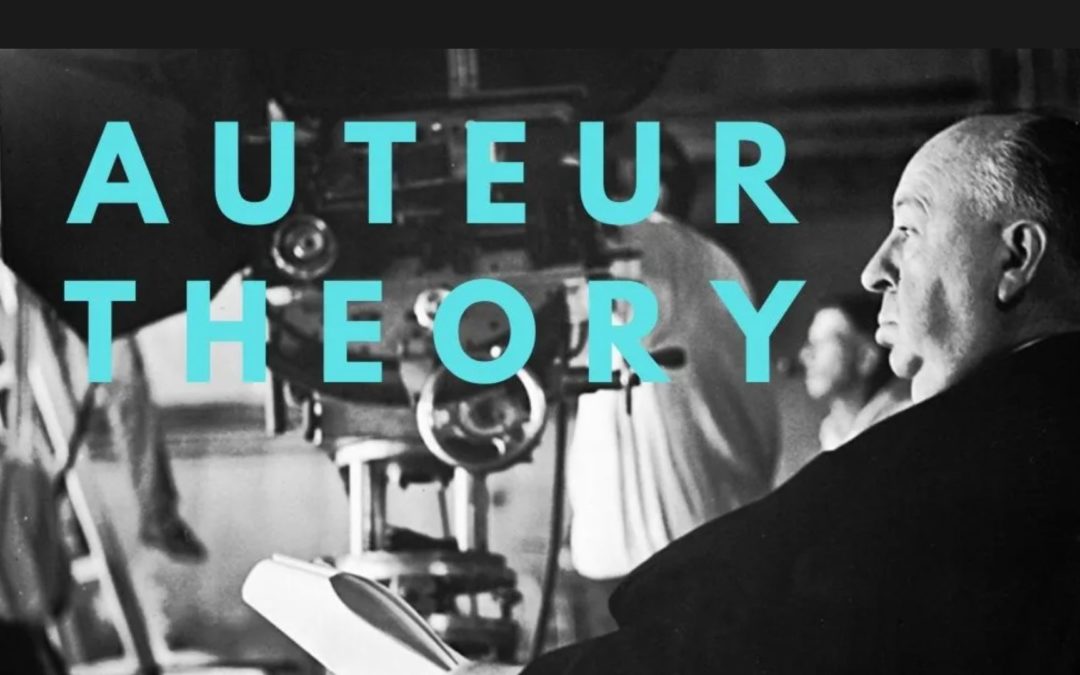1. The Godfather (Dir. Francis Ford Coppola, 1972)
Francis Ford Coppola is a major film figure especially in Hollywood in the 1960s and 1970s. He is one of the greatest American directors.
The director is best known and appreciated for directing The Godfather:
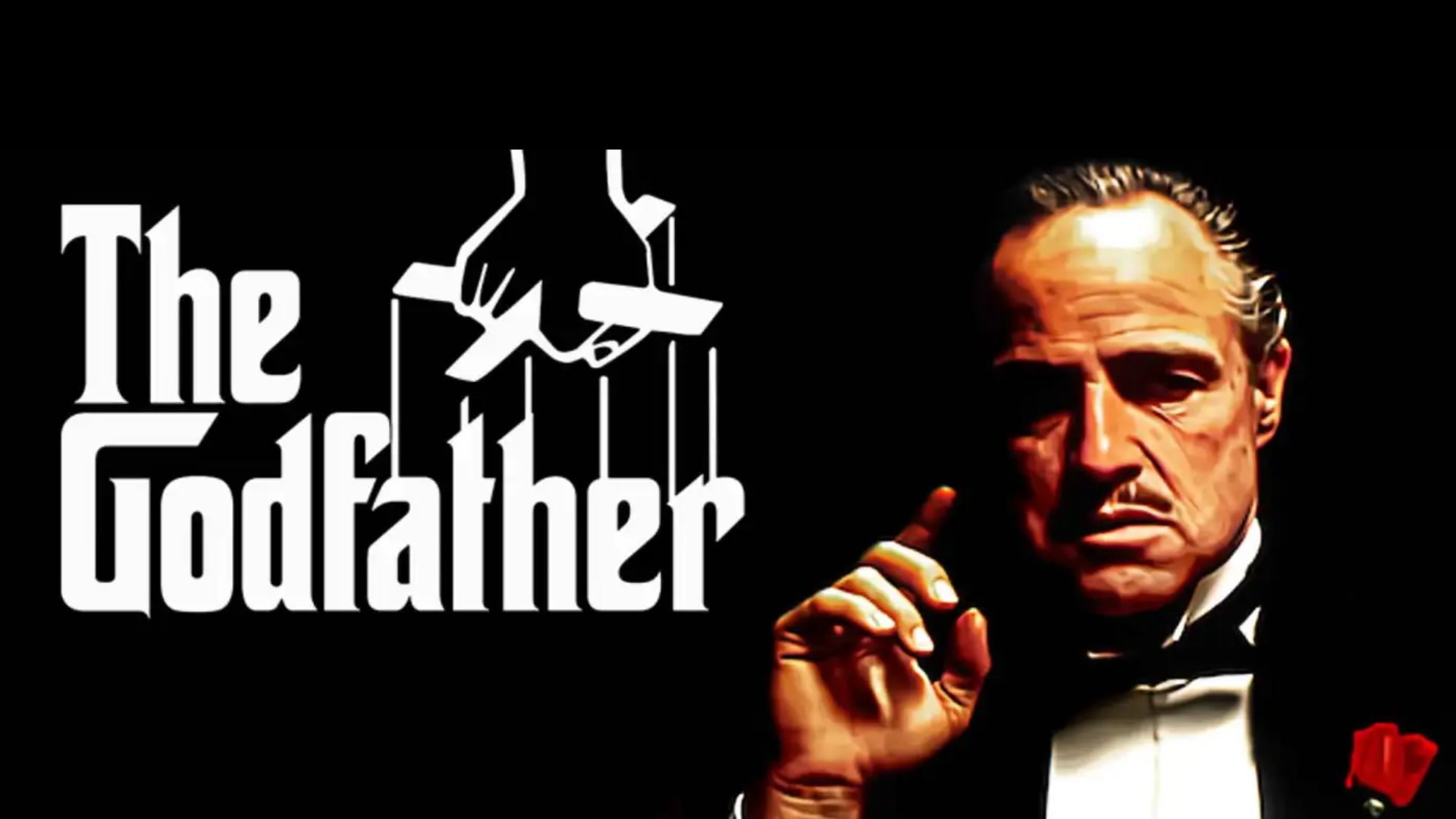
Marlon Brando in The Godfather I
A trilogy that defined the gangster genre and mafia movies.
The Godfather is an essential film for any cinema lover to watch.
You most probably have already watched it, but a list of must-watch movies could not be complete without The Godfather.
The Godfather is a very good example of how cinematography (lighting and framing) can help in telling the story and establishing the style of a movie.
The director (and of course cinematographer Gordon Willis) used dark lighting to create a dark, uncomfortable, and sinister feel.
Concerning framing, the characters were positioned within the space of the frame to communicate where the characters stand in particular situations.
Coppola used this framing technique in a natural way so that the audience would not feel that the frames are artificial.
2. Citizen Kane (Dir. Orson Welles, 1941)
Orson Welles (1915-1985) would be the first director to come to mind when creating a list of directors and movies that film students should watch.
He changed the way movies were shot at his time.
Welles is considered one of the greatest and most influential directors of all time.
Of course, we can debate and elaborate on this statement, but this is not the place for our personal preferences.
Anyway, Welles is an American director, screenplay writer, producer, and actor. He is an excellent introduction to classic Hollywood cinema.
Orson Welles is most known for his innovative narrative techniques and use of dramatic lighting,
His greatest accomplishment is of-course, Citizen Kane:
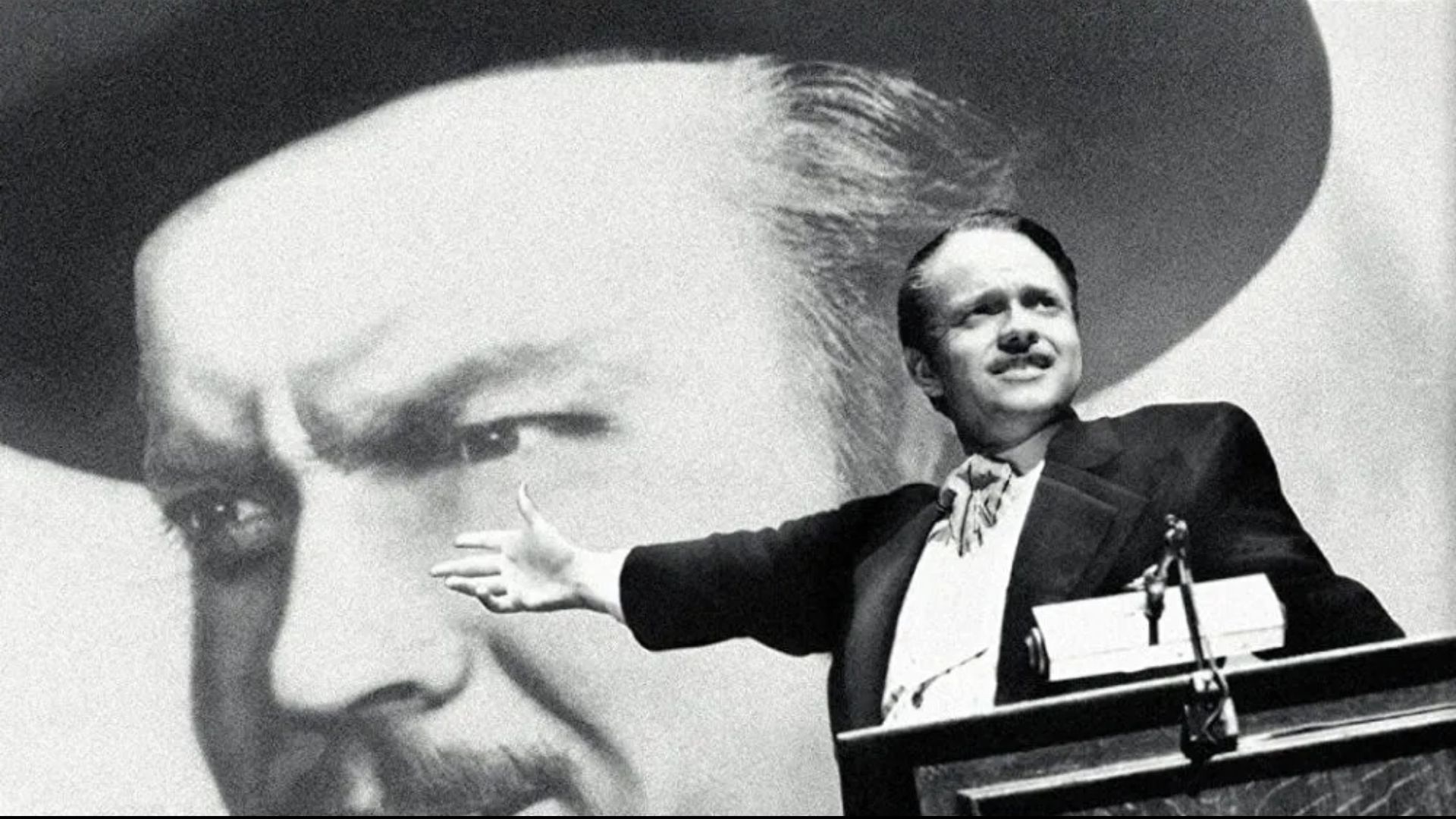
Orson Welles in Citizen Kane
Orson Welles co-wrote, directed, produced, and starred in this movie.
Many critics consider Citizen Kane as the greatest movie ever made. (We say its great.. but the greatest?! debatable)
Before this movie, movies were shot using static camera (fixed shots). Citizen Kane changed this perception and many directors started using moving shots and high and low camera angles.
Its influence is still present in today’s cinema.
3. Seven Samurai (Dir. Akira Kurosawa, 1954)
The first Japanese director to have international acclaim and success among both film critics and the audience.
Akira Kurosawa (1910-1998) is among the most important director in the history of cinema.
His filming style is a trademark. Kurosawa often bridges Japanese and Western themes in his movies.
That’s why the international audience relates to his movies.
If film students wanted to get introduced to the director’s work, we recommend starting with Seven Samurai.

Seven Samurai
This Japanese movie by the great Kurosawa is one of the first action movies. It has some action sequences that we still consider great even in comparison to recent movies.
Seven Samurai laid down the fundamental structure of the action film genre.
On top of that, it is a highly entertaining movie that almost anyone can enjoy.
4. Breathless (Dir. Jean-Luc Godard, 1960)
Jean-Luc Godard started as a film critic in the French film magazine Cahiers du Cinema. He used to criticize the French mainstream cinema.
Later, Godard and some of his fellow cretics started directing movies of their own rather than just complaining.
Those filmmakers expressed their philosophies about life and art. By that, they changed cinema as people knew it at their time.
Godard is one of the most influential French directors. He is a pioneer in the French New Wave film movement in the 1960s.
Experimenting with: film narrative + continuity +camera angles + movements = Godard
To better understand Godard’s experimental directing techniques, and to have an idea about the movies of the French New Wave, look no further than the movie: Breathless.
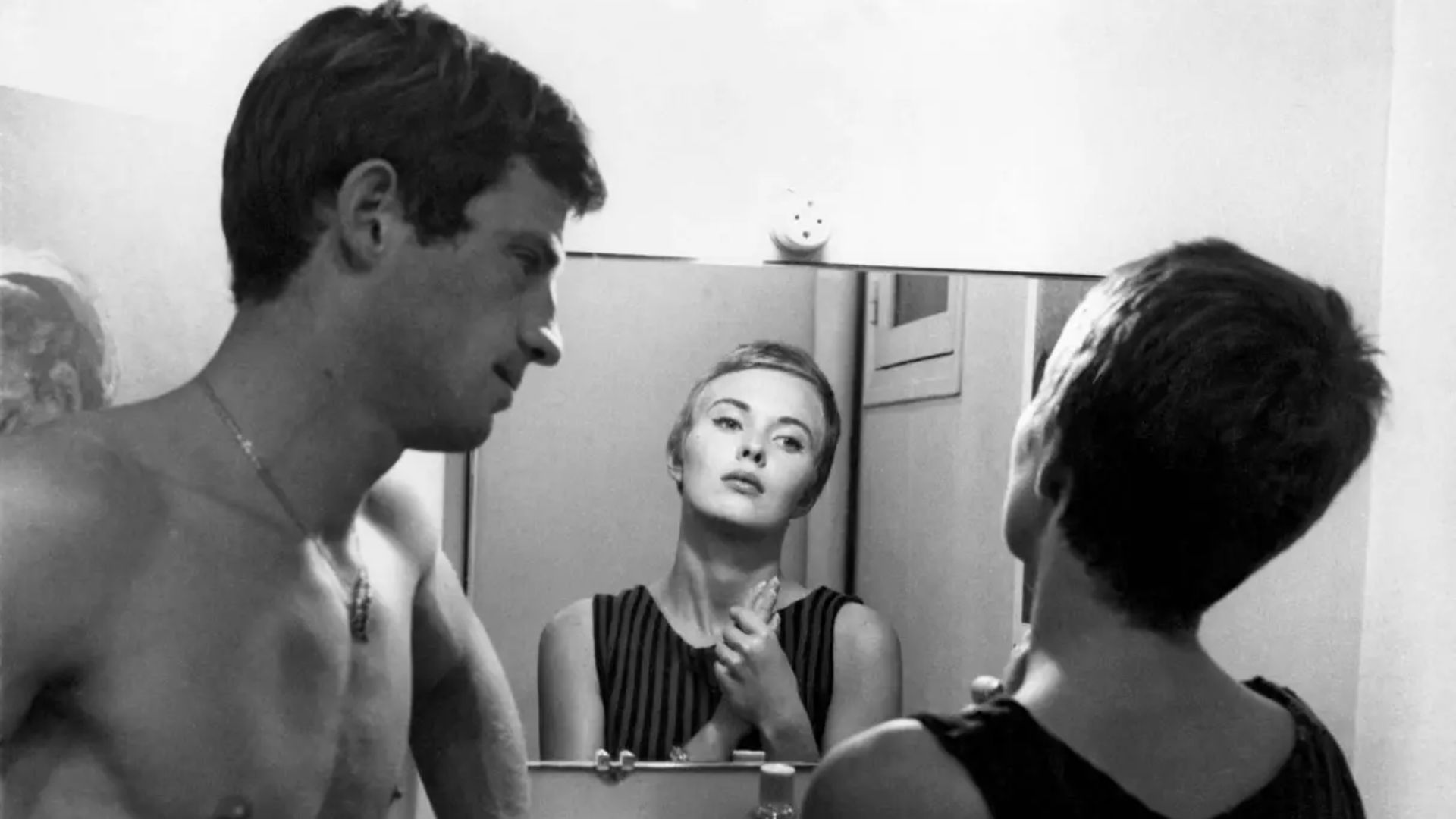
Breathless
Not a movie that can be enjoyed by all people, but it is undoubtedly a must-watch for people who appreciate the art of film.
If you are a film student or a film lover, then you are expected to have seen Godard’s Breathless.
Breathless is a very well crafted film. It gives a unique experience of watching movies.
Godard broke the “rules” of cinema to make a statement about the innovation and renovation of the film industry.
Finally, this movie is the go-to film to give examples of jump cuts: an editing technique that Godard was one of the first to use in cinema.
5. Rope (Dir. Alfred Hitchcock, 1948)
No list of influential directors and must-watch movies can be complete without a movie by Alfred Hitchcock: the founder of the modern horror genre.
Alfred Hitchcock (1899-1980) is an English director and screenplay writer. He is the most studied director in the history of cinema.
Many books and retrospectives researched his persona and directing style.
Hitchcock has a unique directing style.
Basically, his camera movements feel as if it is the point of view of a person who is looking at the characters in the movie.
Let’s get technical: We call his camera work voyeurism or the gaze.
From the French word voyeur which means looking at or peeking. We now refer to this type of camera movement as the Hitchcockian style.
Many critics refer to Hitchcock as the master of suspense.
When you hear Hitchcock, you would think of his cameo appearances in almost all his movies.
Of course, Psycho is the most known movie. Read Psycho – A Timeless Classic
But film students should be familiar with Rope as well.
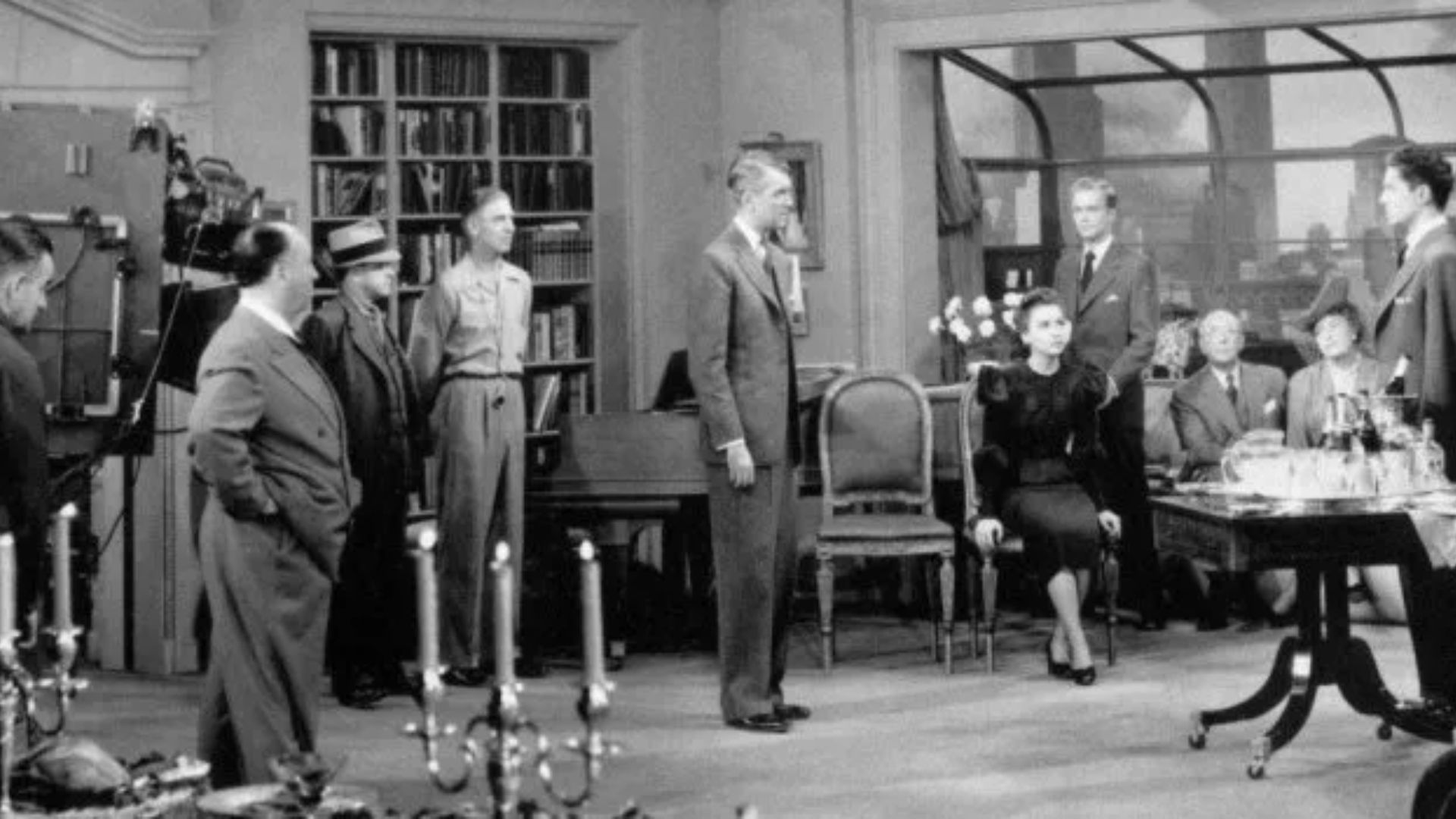
Behind the Scenes of: The Rope
Rope is Hitchcock’s first colored movie. And like most of his movies, Rope belongs to the psychological crime thriller genre.
Film students must watch this movie because it is distinct in Hitchcock’s filmography.
The movie takes place in real-time. Meaning that the events of the movie don’t jump in time.
Rope was also filmed as a one long shot.
It was actually shot in 10 takes that were designed to look like a single shot with editing techniques.
6. Pulp Fiction (Dir. Quentin Tarantino, 1994)
Quentin Tarantino is one of the most influential, maybe the most influential, directors of our age.
The American director, screenwriter, and producer is an icon of post-modern cinema.
Tarantino is most known for using graphic violence and for his unpredictable scripts, and for the long dialogue scenes.
All Tarantino movies include references and homages to other movies.
We can recommend many great movies by Tarantino… Reservoir Dogs, Kill Bill, Natural Born Killers, Django Unchained… Just to name a few.
Yet, for this list it was natural to choose Pulp Fiction:
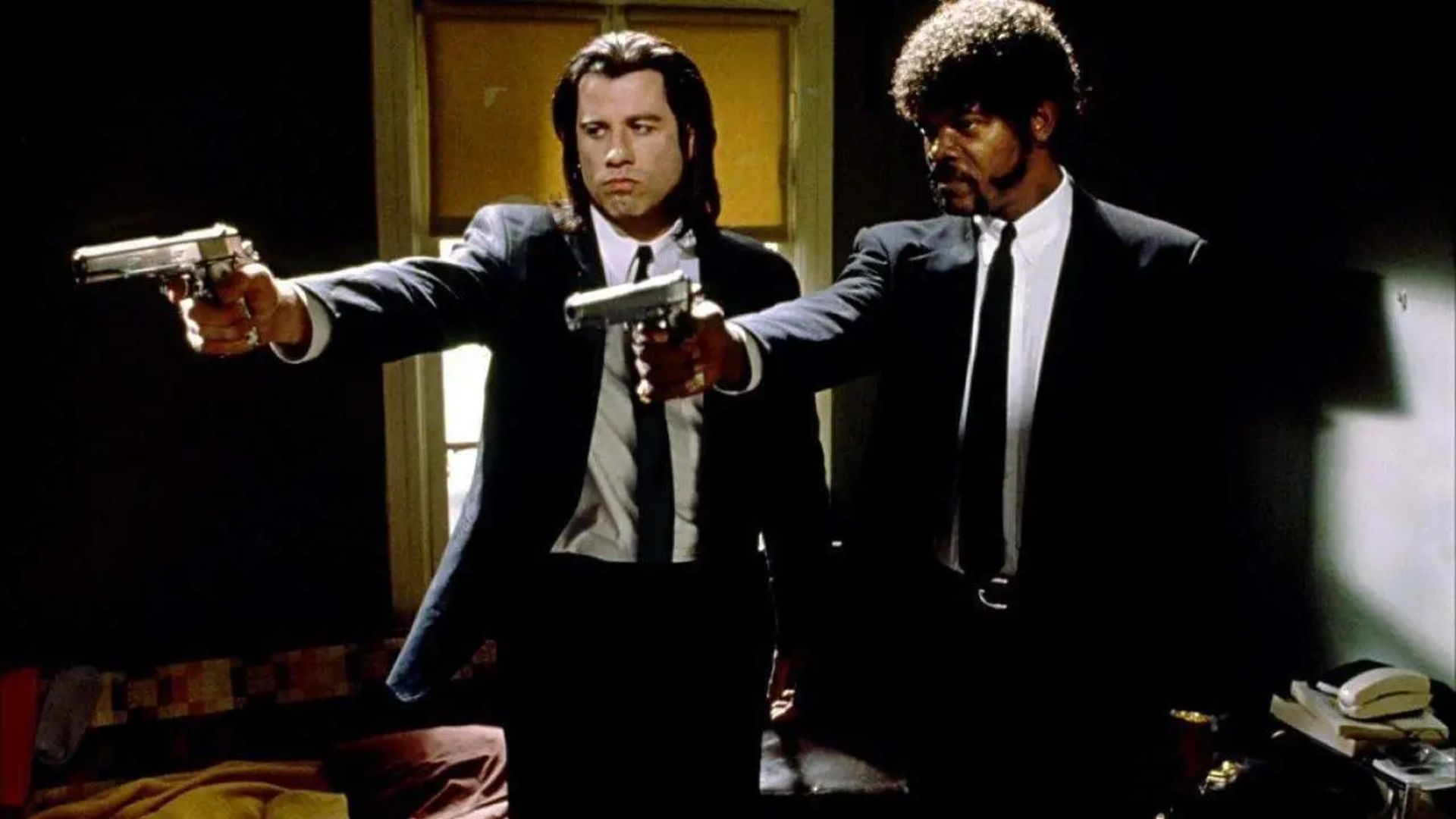
John Travolta & Samuel L. Jackson in Pulp Fiction
Pulp Fiction is Tarantino’s masterpiece.
The movie got great critical praise. A large number of the audience also love this film.
When talking about post-modern cinema, Pulp Fiction would be the first refrence to come to mind.
Tarantino used non-linear storytelling. That is changing the chronological order of events.
Although the audience needed to figure out the order of events, the movie remained (somehow) easy to understand and very entertaining.
It combined gory violence with comedy and features great dialogue and acting.
Obviously, Pulp fiction was not the first movie to use these techniques, but it can be considered the most popular one of its time (and probably till now).
7. 8 ½ (Dir. Federico Fellini, 1963)
The most celebrated Italian director and one of the most important film figures of all time.
Frederico Fellini (1920-1993) is an Italian film director and screenplay writer. He is a major influence of the Italian neorealism film movement.
Fellini is most famous for his directing style that blends fantasy and dream like sequences with normal and real-life situations.
His movies require a selected taste in arthouse cinema in order to be fully appreciated and understood the way they are intended to be.
Among his well known movies: Roma, La Dolce Vita, and La Strada.
Those are all very good movies. But for a list of movies that film students (and film lovers in general) should watch, we couldn’t but have 8 1/2 among the selected movies.

8 1/2
This masterpiece is considered a celebration of cinema.
The movie is about a director making a movie, and the title refers to the number of films the director has made until that point.
Simply, 8 ½ is the best film on the subject of filmmaking.
It is a must-watch for anyone interested in making a professional career in movies.
Add to that, 8 1/2 is a great introductory to Italian cinema, especially Italian neorealism.
8. Taste of Cherry (Dir. Abbas Kiarostami, 1997)
Kiarostami (1940-2016) is a main figure in the Iranian New Wave.
He is one of the masters of modern cinema.
The Iranian director gained big international praise from film critics, film scholars, and the audience.
Many of his fellow directors expressed their appreciation for his work and honored him. Among these directors: Jean-Luc Godard, Akira Kurosawa, and Martin Scorsese.
Kiarostami’s trademark: poetic dialogues and a documentary filming style in his narrative movies.
When you watch his filmography, you can sense that the writer/director is most interested in political and philosophical issues.
Among his watch-worthy movies: Close-up, and Shirin. But his most popular movie is Taste of Cherry:
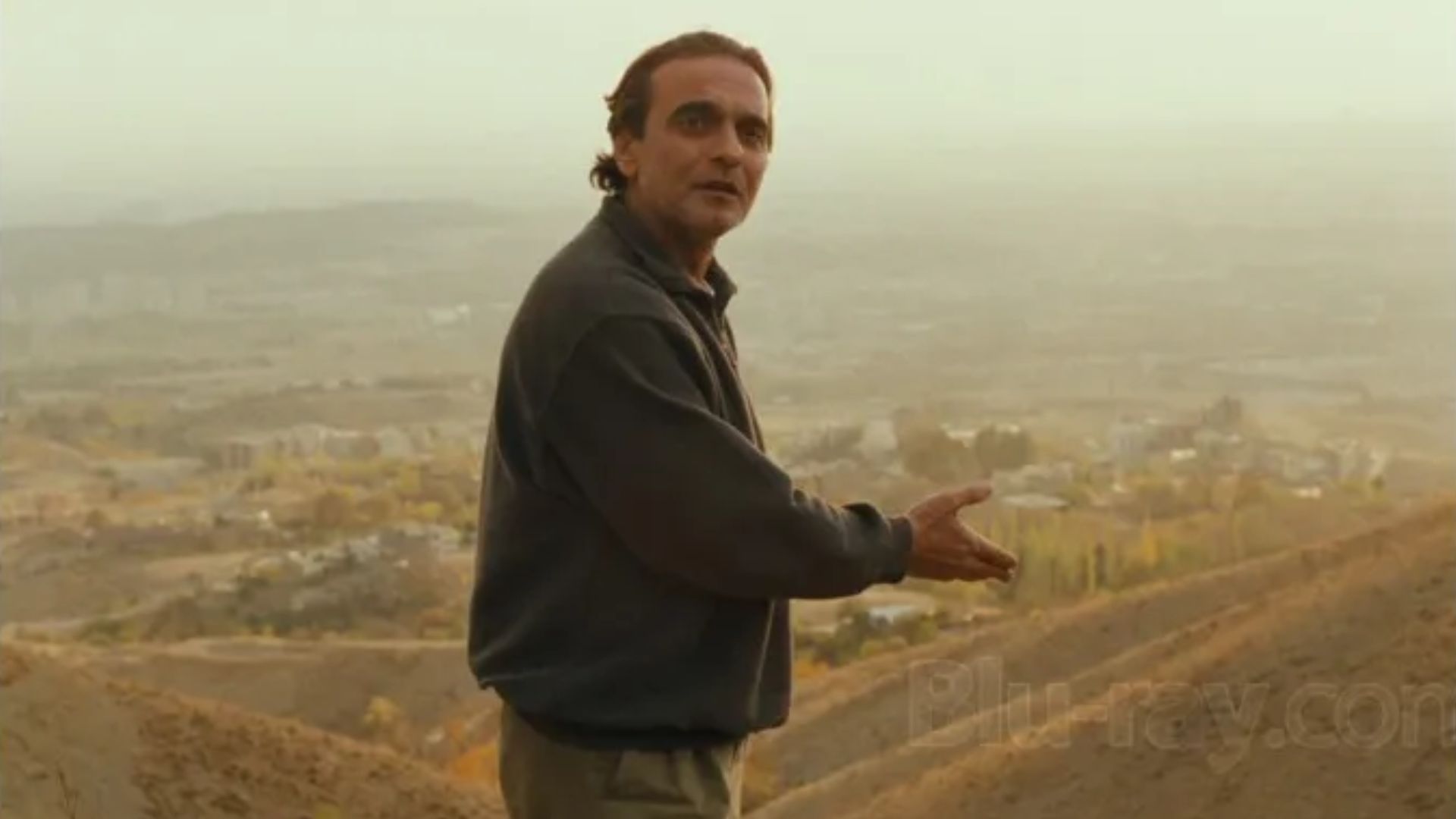
Taste of Cherry
Taste of Cherry follows the principles of the Iranian New Wave by rejecting the Western “rules” of cinema.
So, the movie does not have a beginning, middle, and end. No character arc. No ending or closure.
Film students must watch this movie to witness a great example of realism and the documentary style of filming.
You must know that because this movie comes from Iran (a highly conservative Islamic country).
The mastery of Kiarostami is presented by touching on subjects that are taboo in the country and that would result in banning the film.
Therefore, the movie has “hidden” meanings and can be open to interpretation with topics of suicide and homosexuality.
We should warn you though: if you are not familiar with arthouse cinema, Taste of Cherry can be the opposite of entertaining (we don’t want to say boring). But filmmakers and film lovers would know what to appreciate about it.
9. Hiroshima Mon Amour (Dir. Alain Resnais, 1959)
Alain Resnais (1922-2014) is a French Director. He is a name that film buffs and film students should know about specifically for his filming techniques.
He is known for using an unconventional narrative technique and for dealing with difficult themes such as the consciousness, the imagined past, and troubled memory.
These themes and style made many critics criticize Resnais’s movies as being emotionally cold where the filming technique overthrows the characters of the movies.
Although Resnais refused to label himself as a French New Wave director, his movies still align with the philosophy of this film movement.
From his long filmography, you can consider watching Providence and Last Year at Marienbad.
But when you want to get introduced to this director, we recommend to start with his most acclaimed movie: Hiroshima Mon Amour:
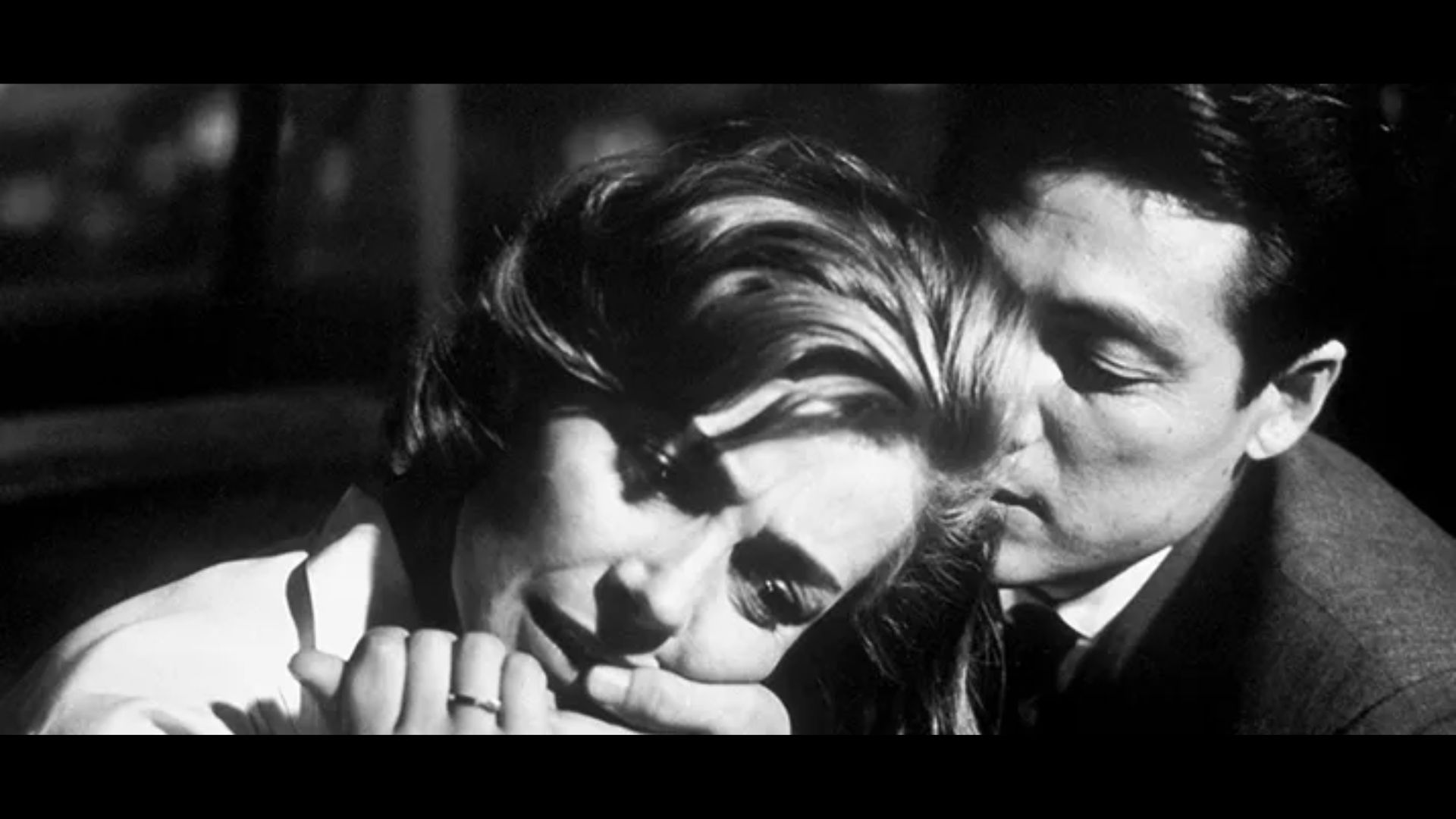
Hiroshima Mon Amour
Resnais’ revolutionary work of art in cinema is manifested in Hiroshima Mon Amour through the use of time.
The film is about a romantic affair that has little to do with the bomb (The atomic bomb in Hiroshima) while having this historical event present in the background of the events.
10. Blue Velvet (Dir. David Lynch, 1986)
Davide Lynch is an American filmmaker. He is the most popular surrealist.
Film students who want to have an idea about film styles and about the directors that left their mark in the history of cinema need to be introduced to this auteur director.
David Lynch would be the first director that comes to mind when it comes to contemporary surrealistic cinema.
Lynch is most known for using disturbing and mind-bending visuals.
When you watch a movie for Lynch, you should feel the movie rather than understanding it.
This is because his movies seem to be interested in the idea and the visuals more than the story.
Some of his work: Twin Peaks (TV series), The Elephant Man, and Dune.
They are all good movies, but we choose Blue Velvet as a must-watch movie that film students should be familiar with.

Blue Velvet
Blue Velvet is a very good introductory for David Lynch and is actually one of his greatest works.
It is considered a masterpiece for mixing dream (actually nightmares) with reality with subconsciousness. And the movie is particularly important for its use of symbolism.

